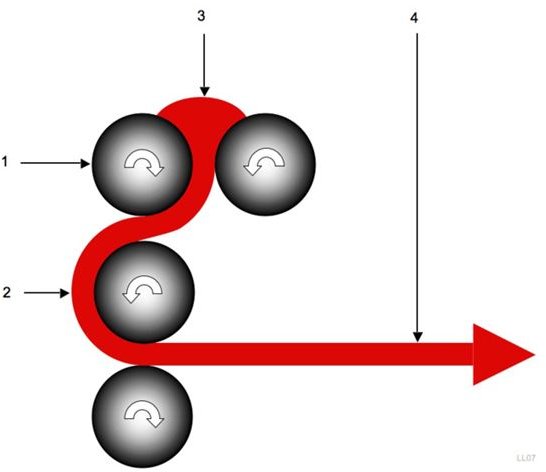3 Sigma and the State of Business Outcomes
Control Charts
Control charts were introduced by Walter Shewhart, the father of statistical quality control, as a way for the process to speak. Control
charts can determine whether a process is in control or out of control. If it is not within the 3 Sigma boundary, it is out of control. This means that the process as a whole is not properly understood or is not being measured appropriately. Once the perspective on the outcomes is understood, measurements can be defined in ways that show that the system is in control.
The use of control charts for a process that is in control makes it possible to identify when its results vary due to assignable causes or internal common causes. The significance here is that we know whether to rework the entire process or if we need to address a special cause when attempting to improve the performance of the process.
The implications of 3 Sigma suggest that if we do not understand what caused the problem (i.e. there is no identifiable assigned cause) the system only becomes more unstable when changes are made and the results only become more unpredictable until the system is no longer in control.
Image Credit: Wikimedia Commons/LaurensvanLieshout
Assignable Cause vs. Commmon Cause
Shewhart’s 3 Sigma approach to processes concludes much about human nature. People seem inclined to see every effect as the result of a particular cause. Because of this, we start tweaking things in order to get different results, only making the system more unstable. Although some outcomes can be assigned to a cause, Shewhart suggests that the majority of outcomes are produced by the system itself. We must have an understanding of what the system is actually doing (control charts) in order to understand the causes of its outcomes.
An assignable cause is one that is external to the process and begins producing unpredictable results. The control charts will show that the system is out of control, requiring one of two actions to restore control; (1) identify and resolve the assignable cause or; (2) reconfigure the system to make it more predictable and to make it produce more desirable outcomes.
A common cause is one that is a natural product of the system. No one cause can be assigned to it, so it would be necessary to address the system as a whole in order to change the outcome.
Because people seem to have a tendency to believe that everything that happens can be attributed to some specific cause, our understanding of outcomes both present and future, may be skewed. 3 Sigma forces us to look at the world and systems in a different way where we take the time to understand outcomes before we try to fix them.
3 Sigma Wrap Up
Walter Shewhart arrived at the 3 Sigma boundary through practical observation and experience, but his systems theory has been thoroughly validated over time. 3 Sigma distinguishes between the predictable and predictable outcomes from a process to help us avoid drawing the wrong conclusions about cause. Understanding causes helps us to focus on an orderly and risk-free approach to achieving better results.
